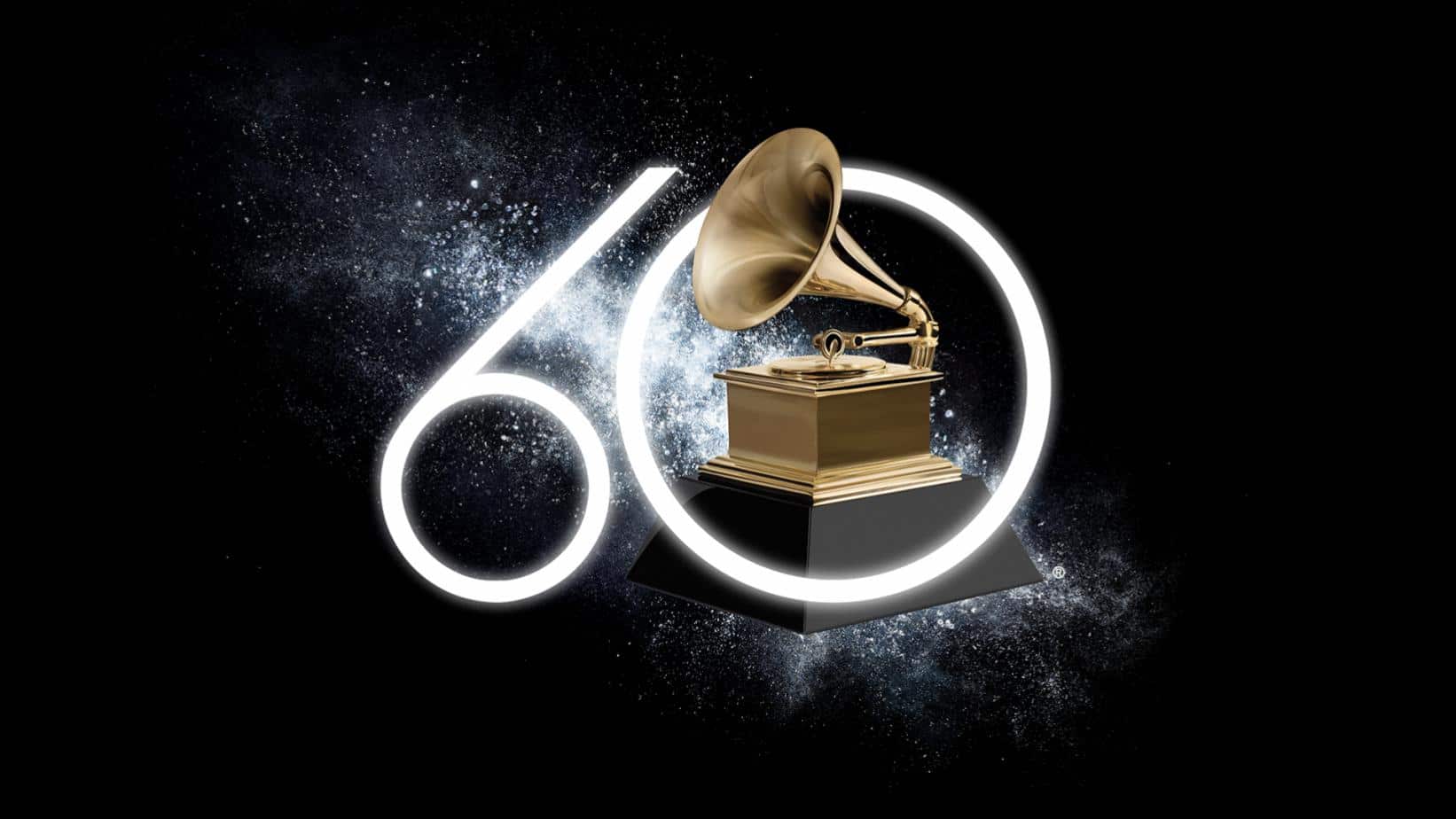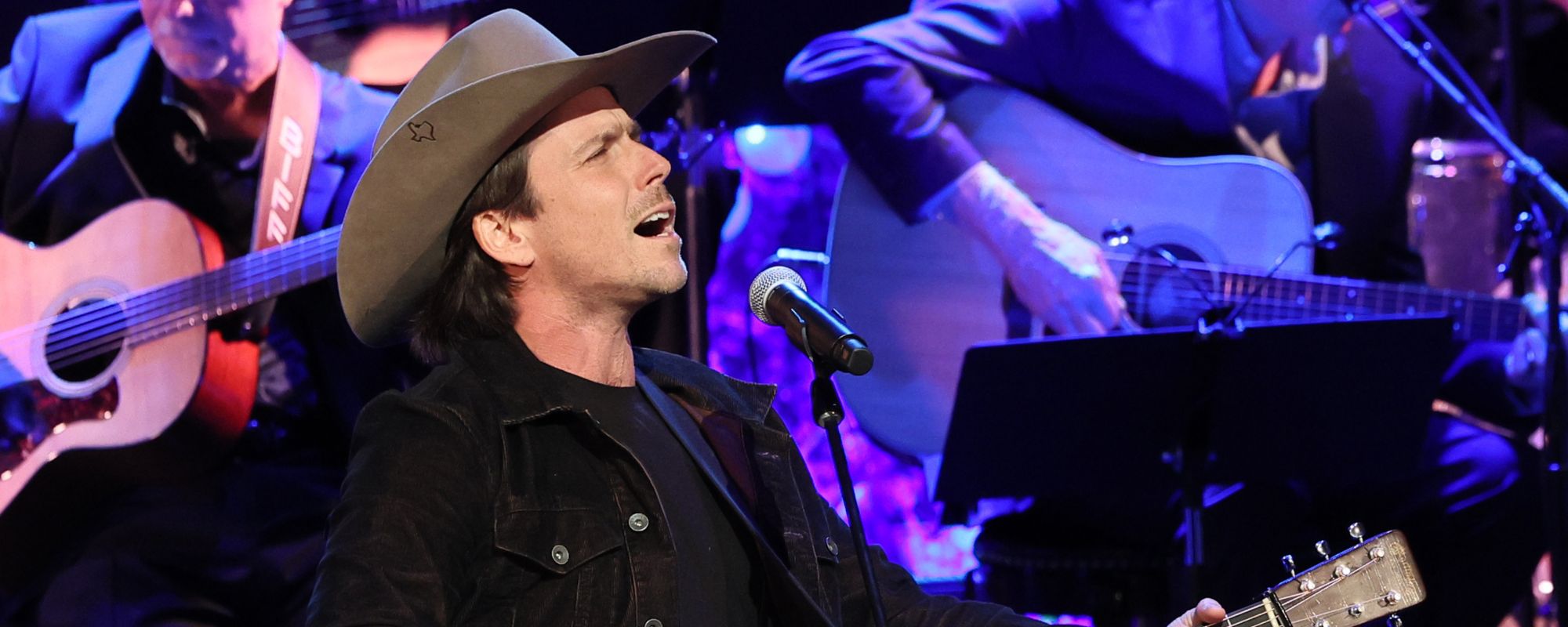
Videos by American Songwriter
The 60th Annual Grammy Awards, held this year in New York City to celebrate this anniversary, belonged to Bruno Mars. He won every Grammy for which he was nominated, some six in total, including all three of the major Awards: Best Song of the Year (for the song, “That’s What I Like”), Best Record (for the single, “24K Magic”) and Best Album (for the album, 24K Magic).
The album also won several other Grammys, including Best Engineering, awarded to engineers Charles Moniz, Serban Ghenea and John Hanes, as well as the late Tom Coyne, who mastered the album (as he did for many other Grammy awarded albums). It also won the Grammys for Best R&B Song, Best R&B Performance and Best R&B Album.
The Grammys honored their own six-decade legacy at Madison Square Garden (the first time they’ve been in New York instead of L.A. for fifteen years) with a wide range of great artists and bands, including U2 (who performed outside, with the Statue of Liberty visible behind them), as well as Lady Gaga, Elton John (with Miley Cyrus), Sting, Kesha, Patti Lupone, Pink and more.
Bruno brought down the house with a joyfully chromatic and high-energy performance of “Finesse,” evoking his beloved spirits of ’90s music with his own remarkable onstage moves. A songwriter and musician who has long honored his roots, his acceptance speeches were remarkable for their gracious recognition of those musical heroes who shaped his life.
“First off,” he began upon accepting the Grammy for Best Album, “to the other nominees in this category — Lorde, Kung Fu Kenny, Jay-Z, Gambino — you guys are the reason why I’m in the studio pulling my hair out, man, because I know you’re gonna only come with top-shelf artistry and music. Thank you guys for blessing the world with your music.”
Then, in another show of genuine gratitude for his own musical heroes, after first urging the producers to let him finish (“Don’t cut me off, Grammys, please!”), he related the story of being a 15-year old in Hawaii entertaining big crowds of tourists. With no false humility, and to much laughter he said, “I’ll be honest; I was incredible at 15.”
But, as he explained, it was all about the timeless power of those songs he chose to perform then, songs which inspired him to become an artist and have sustained him to this day:
“Later in life.” he said, “I found out that those songs were written either by Babyface, Jimmy Jam/Terry Lewis or Teddy Riley. And with those songs, I remember seeing it first-hand: people dancing that had never met each other from two sides of the globe, people toasting each other, celebrating together. All I wanted to do with this album was that.”
By that, Bruno means capturing the spirit of genuine joy in the studio – and in the writing of the song – something which, as all songwriters know, cannot be faked. He even had the honor and joy of working with Babyface on this album, co-writing “Too Good To Say Goodbye.” They wrote it, Bruno said, “Old school, sitting at the piano.”
Of Babyface’s songs and the other ’90s music on which he was raised, he said, “Those songs were written with nothing but joy and for one reason and one reason only: love. And hopefully I could feel that again, and see everybody dancing and everybody moving. I’d like to dedicate this award to them. They are my heroes, they are my teachers. They laid the foundation. This album wouldn’t exist if it wasn’t for these guys that had written these songs.”
Then, with a sly smile, he added, “Sure, I had to sprinkle a little Mars sauce on them. This is for them.”
His gratitude and reverence for ’90s hip-hop has been a constant through the few interviews he gave about 24 K Magic. “Obviously, you hear these ’90s influences in the whole album,” he said to Beats 1. “That’s because of West Coast Hip-Hop. That’s because of Dr. Dre and DJ Quik and Suga Free. This is what we grew up on. It was at a time when it was okay to party. It was okay to be flashy.”
To capture that old-school party vibe in the studio and inject it directly into the heart of his tracks, he brought together two teams of writer-producers, and like Michael Jackson in the studio, showed exactly the dynamics and groove he required by dancing. Merging his own songwriting-production team the Smeezingtons (Bruno, Brody Brown, James Fauntleroy and Philip Lawrence) with old friends the Stereotypes (Ray Charles “Charm” McCullough II, Jeremy Reeves, Ray Romulus and Jonathan Yip) he crafted this joyful, dimensional album.
Even after completing the writing and production of a song, as he had with Song of the Year winner “That’s What I Like,” he’d invite his pals to focus only on the groove, shifting and fine-tuning it until it had that precise ingredient of danceable joy that Bruno wanted.
“Bruno would have the general outline of the song,” said Jonathan Yip of The Stereotypes, “and said ‘I need to get that bounce.’”
As Charm explained, “That’s What I Like” has a slow tempo, but is in danceable double-time, so that “you bounce twice to it. We love slower tempos. You can body-roll to it. We didn’t change the tempo at all, but we added those in between beats, which made it modern. These days the drums lead.”
As musical joy can be captured but not contrived, Bruno and the gang made the recording process, and the studio set-up itself, as conducive as possible to musical fun. “We were like kids on a playground,” said Yip, “with all these instruments laying around. It took all of us. None of us could have done it by ourselves. Everything we did we did together. It’s the result of friends having a great time in the studio.”
To get the party started, Bruno played everyone the songs he had already recorded.”It was very nostalgic,” said Yip, “and heavily drenched with ’90s influence, which is my favorite era. [Bruno] said he wanted to make an album that people could dance to, with music that made him feel like when he was back at school dances. He told us he wanted something with the New Jack Swing feel, so we started vibing out until we all felt we had something.
To connect with the authentic sound they wanted, Bruno and his engineer Charles Moniz filled the studio with those instruments used back in the day.
“We were all transported back,” said Ray Romulus. “They got the actual keyboards from the era we all loved. Bruno’s no less hands-on than MJ. He’ll be dancing, and then the next second he’s on the keyboard. To me, he is almost the reincarnation of Michael Jackson, and he made us feel like Quincy.”
As Moniz recalled, Bruno was always receptive to any ideas about how to improve the music, never clinging to ideas that went nowhere. “He has the ability to look at his own work objectively,” Moniz said, “and that plays a huge role in it all. If you’re trying to get people on the dance floor, but the song doesn’t make you want to dance, you’re going to have to make some changes. He’s never afraid to make changes and no idea is ever too precious.”
The lyrics came from Bruno. “All that about the Cadillacs and champagne,” Romulus said, “that’s how Bruno is. He’s giving you a day in the life.”
In the end, Bruno said to Beats 1, it’s all about the music. All this attention on him and his own life is fine. But without the authentic joy of music at the center of everything, none of it matters.
“I hope that my music does the talking,” he said. “I just want to do music. I don’t want to be known for any …. scandals or controversy. I want to be the guy that brings joy to your life through his music. That’s it. And I want to go home.
In addition to winning the three major awards, Bruno also received Grammys for Best R&B Song, for “That’s What I Like,” given to all of its songwriters, Bruno, Christopher Brody Brown, James Fauntleroy, Philip Lawrence, Ray Charles McCullough II, Jeremy Reeves, Ray Romulus & Jonathan Yip. He also won for Best R&B Performance and Best R&B Album.
In other Grammys/songwriting news, the late great Leonard Cohen won his first-ever solo Grammy, awarded for Best Rock Performance, for You Want It Darker, the album he completed during his final year of life, produced by his son Adam Cohen.
The Grammy for Best Rock Song went to the Foo Fighters for “Run,” which they wrote together. The Best Rap Song Grammy went to Kendrick Lamar’s “HUMBLE,” written by Kendrick with Asheton Hogan & M. Williams II.
The Grammy for Best Country Song went to Chris Stapleton’s “Broken Halos,” which he wrote with Mike Henderson. Jason Isbell won the Best Americana Song for “If We Were Vampires.”
The winner of the Best Gospel Performance/Song was “Never Have To Be Alone” by CeCe Winans. The Grammy for Best Contemporary Christian Music Performance/Song was awarded to Hillsong Worship for “What A Beautiful Name.”
Aimee Mann was the Grammy for the Best Folk Album for Mental Illness.







Leave a Reply
Only members can comment. Become a member. Already a member? Log in.